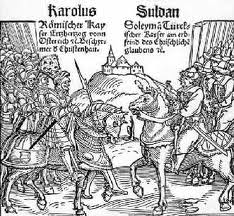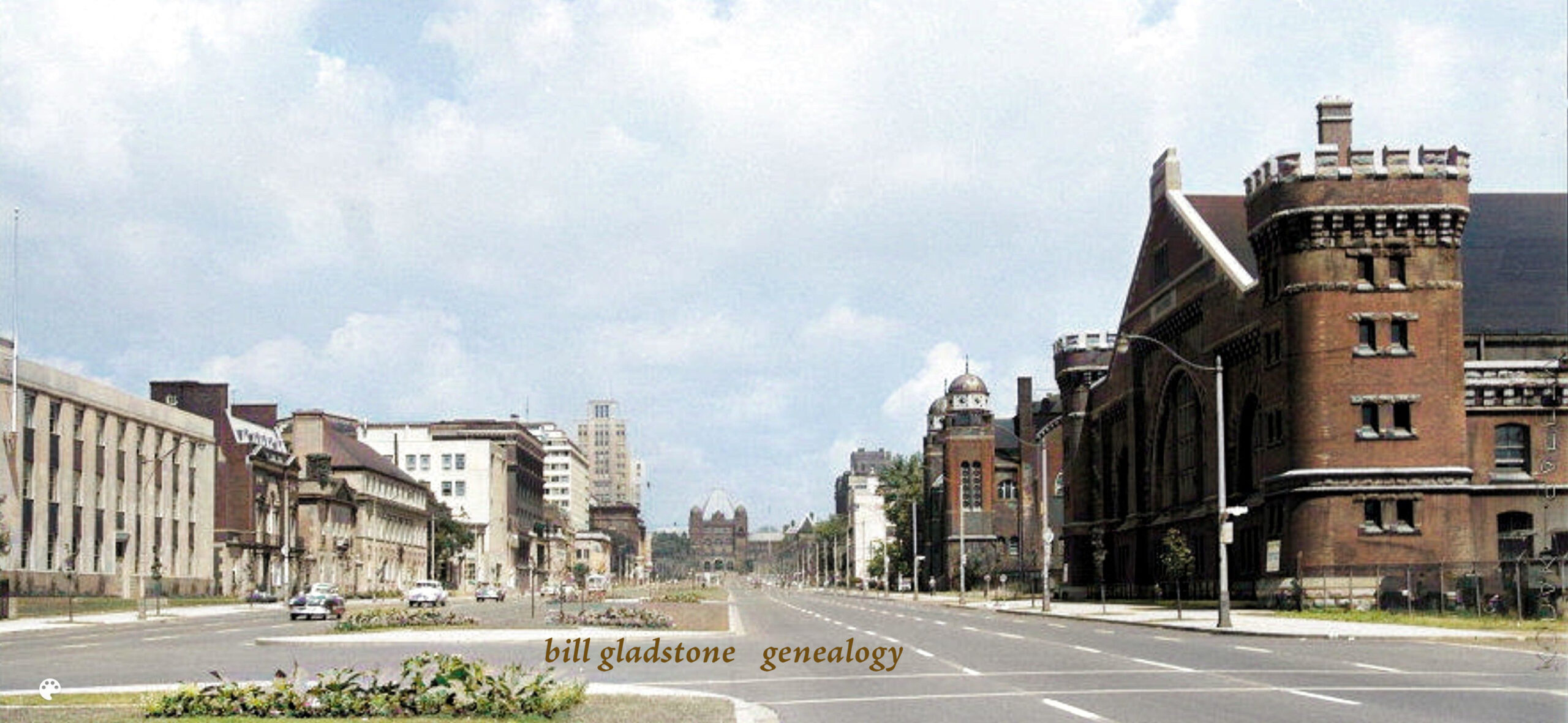 Owing to a paucity of documentation, historians will probably never resolve their centuries-old debate over how long or how deeply the masses of European were gripped by a millennial fever at the close of the first Christian millennium around the year 1000. Was there widespread hysteria and terror, as many historians of the “romantic school” of the 19th century believed? Or did the turning of the first millennium pass largely unnoticed, as many medievalists now contend?
Owing to a paucity of documentation, historians will probably never resolve their centuries-old debate over how long or how deeply the masses of European were gripped by a millennial fever at the close of the first Christian millennium around the year 1000. Was there widespread hysteria and terror, as many historians of the “romantic school” of the 19th century believed? Or did the turning of the first millennium pass largely unnoticed, as many medievalists now contend?
“All historians are essentially as blind as bats. We’re working in a dark cave, and we need radar to see what is really going on.”
Hoping to improve the documentary record this time around, a group of international scholars affiliated with the Center for Millennial Studies at Boston University is working feverishly to track the progress of multitudes of millennial pilgrims as the second Christian millenium closes and the third begins at midnight on Jan. 1, 2000, less than three weeks hence. (Some put the date at Jan. 1, 2001.)
A medieval historian, Dr. Richard Landes had contemplated the coming of the next millennium for at least a decade before he co-founded the Center in 1996; he is now its director. “The idea of the Center is to save and record as much material related to millennial movements and activities as possible,” he says. “This is the first archive of a millennial moment ever done.”
His doctoral thesis, published at Princeton in 1984, focused on Ademar of Chabannes, an influential European monk-historian who lived circa 1000 and was apocalyptic in outlook: he believed the world was about to be radically transformed. “Historians say we don’t have enough evidence that people were thinking apocalyptically in 1000,” he says. “But Ademar left 2,000 pages of documentation that hadn’t been looked at, and they’re literally drenched in apocalyptic expectation. Nobody else had ever noticed that.”
In like fashion, he hopes the Center will shine a penetrating spotlight on history to show the significant influence of millennial thinking down the ages. Millennialists, he says, were instrumental in launching such major social movements as the Crusades, Nazism, the Salem witch hunts, the Chinese Taiping Rebellion, even the American abolitionist movement and Civil War. His list of important millennialists includes Charlemagne, Sir Isaac Newton, Karl Marx and many more. “When you consider that Charlemagne is the father of modern Europe and Newton the father of modern science, you have to wonder how marginal such beliefs really are,” he observes. “And Marxist communism is a classic case of a millennial ideology. It’s a belief that the world is ruled by evil forces, and that at some point in the future cataclysmic events will occur to transform the world and bring about an era of peace, social justice, equality and abundance for all. These are all apocalyptic ideas.”
A millennialist believes that big changes are in store for the future, although not necessarily tomorrow; while an apocalyptic believer expects an imminent catastrophe will transform the world, Dr. Landes explains. “To say that somebody is millennial doesn’t necessarily mean they are apocalyptic. Millennialism is basically dormant for long periods of time. We only notice it when it goes apocalyptic.” (Such movements share many characteristics, but need not be tied to a specific date in the calendar.)
He has devised a simple barnyard typology to represent the players in a millennial scenario. First, he says, are the roosters — peckish, alarmist, loudly crowing over the imminent dawn of a new order, convinced the apocalypse is nigh. Owls, on the other hand, are patient and wise; the time for action has not yet arrived, they say, as they urge their fellow millennialists back to sleep. Rooster-hawks, meanwhile, expect global warfare, plagues and other apocalyptic catastrophes to happen soon; while birds of paradise see the future as a tranquil rosebed of peace and plenty. Other actors include ostriches and Chicken Littles.
At the moment, North America is beset by a multitude of owls, Dr. Landes asserts, in the guise of about 60 million pre-millennial “rapture” Christians who are quietly awaiting a major social transformation. Allied to fundamentalist and evangelical groups, the rapture Christians see the establishment of the state of Israel as the fulfilment of a Biblical prophecy and one of the preconditions for the second coming of Jesus. “They believe that their generation is the last generation, that they’re living in the end-time. That’s a very prevalent mindset.”
Often initially passive, religious millennial groups may change after their long-awaited day of judgement fails to materialize. “Once they’ve reached a critical mass — the apocalyptic boiling point — problems usually arise when a group is disappointed. Then they have a tendency to shift into a more activist position. They’ll say, ‘God hasn’t come because there’s something we need to do first.'” At such a juncture, Dr. Landes says, roosters may begin to crow louder, possibly inspiring mass conversions, pilgrimages, and other radical forms of behaviour.
Not surprisingly, apocalyptic believers often do unusual things, such as giving away all of their possessions or, if they’re farmers, refraining from planting crops. “We call it ‘bridge-burning,'” Dr. Landes says. “We don’t know which way the fundamentalist rapture Christians are going to go over the next two or three years. Will more people join the movement, or will people break off from it? Chaos theory is the only way you can guess which way a particular social dynamic is going to break.”
Although it is based on the Christian calendar, the dawn of the new millennium is sparking apocalyptic jitters among Muslims, Jews and others, he observes. “The Western, Christian method of keeping time is now in common usage throughout the globe. That means that anywhere you go — Israel, China, the Islamic world, Japan — if there’s a calendar on the wall, it will likely have the Christian-era date on it. All computers use the Christian dates, which is why the Y2K problem is so big. The year 2000 is really part of our global culture.”
According to Dr. Landes, a few Christian fundamentalist groups have joined with a relatively tiny number of messianic Jews in calling for a third Jewish Temple to be built in Jerusalem. This strange alliance is causing some mild concern in the Muslim world. “They’re afraid that someone is going to blow up the Dome of the Rock,” he says.
As he and dozens of affiliates around the world monitor the progress of millennial groups, they seek the public’s aid in bringing all related activities to their attention. The Center’s email address is cms@mille.org and its web address is www.bu.edu/mille/.
Dr. Landes seems frustrated by the apparent unwillingness of many scholars to acknowledge the enormous impact that millennial thinking has had on history. “A lot of historians consider this stuff nonsense,” he admits. “They just don’t take it seriously. They are the bats in this scenario. They look at documentation that is usually provided by owls, and they say, ‘I don’t see any roosters here.’ They’re not aware that their documentation is skewed. All historians are essentially as blind as bats. We’re working in a dark cave, and we need radar to see what is really going on.” ♦
Originally published in the National Post, © 1999






